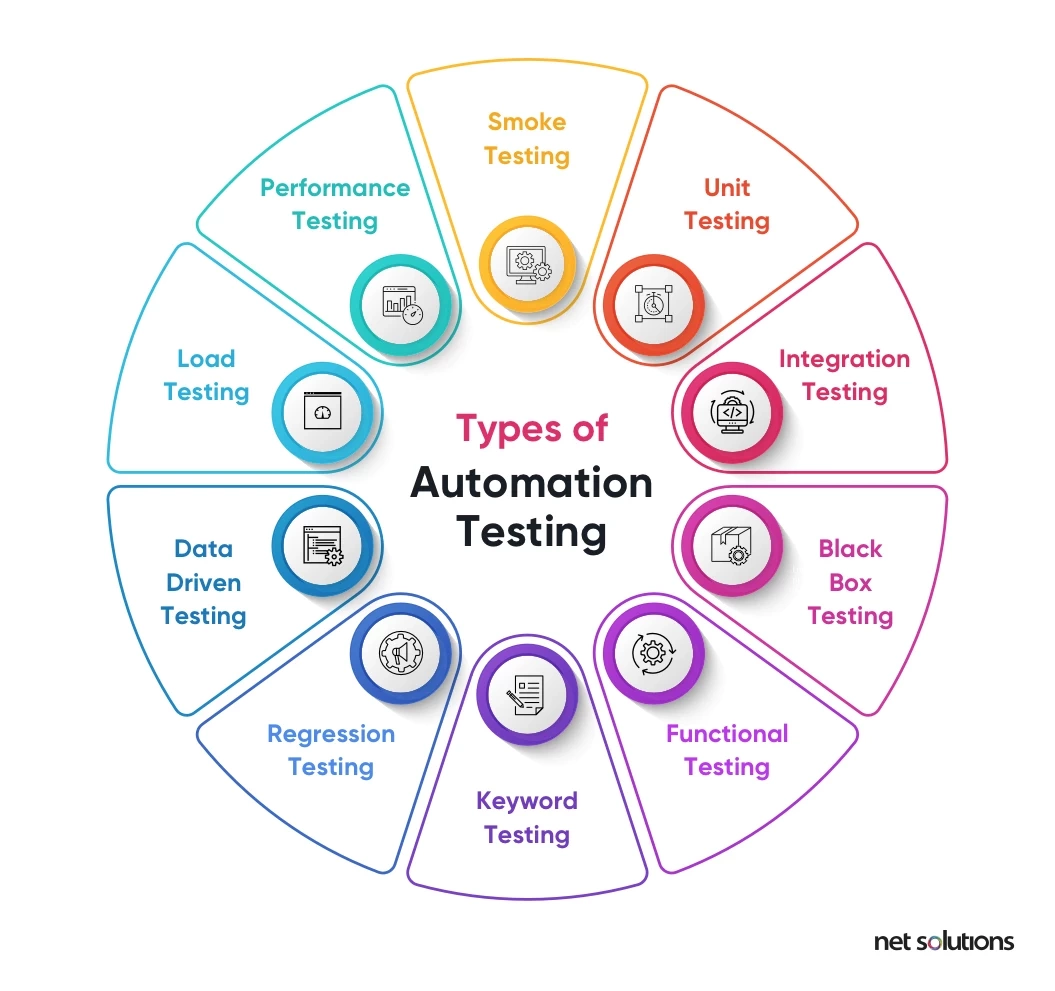Making Certain Success in Automation Testing: Key Metrics, Challenges, and Solutions Every QA Team Must Know
In the realm of software application high quality assurance, the landscape of automation testing is ever-evolving, demanding a precise technique to ensure smooth procedures. The trip to understanding automation testing is led with subtleties that require a keen eye for tracking, evaluation, and constant enhancement. As the industry moves forward, the pursuit for ideal performance in automation screening stays a continuous quest, urging QA groups to furnish themselves with the understanding and approaches essential for accomplishment.
Significance of Trick Metrics
Comprehending the value of key metrics is crucial for reviewing the performance and effectiveness of automation screening processes. Secret metrics work as quantifiable measures that give useful understandings into numerous facets of the screening procedure, such as examination insurance coverage, test implementation time, problem density, and examination case performance. By examining these metrics, QA teams can recognize bottlenecks, ineffectiveness, and areas for renovation within their automation testing structure.
One vital element of key metrics is their capacity to track development and keep track of the total health of the screening process (automation testing). They allow stakeholders to make enlightened decisions based on data-driven insights, which can lead to a lot more efficient testing approaches and much better resource appropriation. Additionally, crucial metrics can help teams established realistic goals, gauge the success of automation initiatives, and show the ROI of automation screening efforts

Typical Challenges Encountered
Challenges commonly encountered in automation screening processes can considerably affect the general effectiveness and effectiveness of QA groups. One of the significant difficulties is the selection of the best examination situations for automation. Not all test situations are appropriate for automation, and picking the wrong ones can lead to lost time and sources. Additionally, keeping test manuscripts can be an overwhelming task, especially as the application goes through regular modifications. Examination script upkeep needs continuous updates and alterations to ensure they reflect the existing capability accurately. An additional usual difficulty is the first financial investment required for establishing automation frameworks and devices. This can be a barrier for some organizations, specifically smaller ones with minimal budgets. In addition, automation testing might not cover all facets of testing, such as functionality and individual experience screening, which still call for hands-on treatment. Conquering these obstacles calls for proper planning, critical test situation option, durable maintenance processes, appropriate resources, and a clear understanding of the restrictions of automation screening.
Reliable Solutions for Obstacles
To attend to the challenges come across in automation testing, executing effective solutions is important for enhancing the efficiency and efficiency of QA teams. One key solution is to purchase robust training programs for QA teams to guarantee they have the needed skills to properly use automation tools. Training can link understanding gaps, additional hints improve understanding of automation structures, and enhance scripting capacities, ultimately leading to more reliable examination creation and execution.
Another important remedy is to develop clear communication networks within the QA group and with other stakeholders, such as programmers and task managers. Effective interaction helps in straightening expectations, sharing development updates, and quickly dealing with problems or roadblocks that might arise during the automation screening process.

Monitoring and Evaluation Methods
Carrying out efficient monitoring and evaluation strategies is vital for guaranteeing the success and performance of automation testing procedures. Additionally, examining test outcomes and metrics offers valuable insights into the top quality of the software application being examined and the effectiveness of the screening approach.
One key method in surveillance and analysis is the use of control panels that consolidate appropriate metrics and KPIs in an aesthetically available style. These control panels provide a thorough overview of test implementation condition, test protection, flaw fads, and various other vital info. Routinely reviewing and assessing these control panels can aid QA teams make notified choices, focus on jobs, and enhance testing efforts.
Moreover, applying automated signals and notifications based on predefined limits can enhance positive site here tracking and prompt treatment. By establishing up signals for efficiency deviations or examination failures, teams can address issues quickly and avoid them from intensifying. Generally, surveillance and evaluation strategies play a crucial function in ensuring the efficiency and success of automation screening efforts.
Constant Enhancement Techniques
Enhancing the efficacy of automation testing procedures necessitates the consistent improvement of techniques and approaches. Constant enhancement strategies are pivotal for QA groups to adjust to developing technologies and supply high-grade software program items. One essential method to enhancing automation screening processes is to perform routine reviews and retrospectives. By assessing previous testing cycles, groups can identify traffic jams, inadequacies, and areas for improvement. Carrying out comments loopholes and integrating lessons learned into future testing frameworks can generate considerable renovations gradually.

Verdict
To conclude, it is essential for QA teams to recognize the crucial metrics, obstacles, and options in automation testing to make certain success. By very carefully keeping track of and analyzing information, executing reliable options to common difficulties, and continually enhancing approaches, QA teams can maximize their testing procedures and provide top quality software program products. Sticking to these practices will eventually bring about much more efficient and efficient automation screening techniques.
By evaluating these metrics, QA groups can identify bottlenecks, ineffectiveness, and locations for improvement within their automation screening structure.
Furthermore, key metrics can assist groups established reasonable objectives, gauge the success of automation initiatives, and demonstrate the ROI of automation screening efforts.
Difficulties generally encountered in automation testing processes can dramatically impact the general performance and performance of QA teams. Automation testing might not cover all facets of screening, such as usability and individual experience testing, which still need hand-operated treatment.In conclusion, it is important for QA teams to recognize the key metrics, obstacles, and options in automation screening to make sure success.